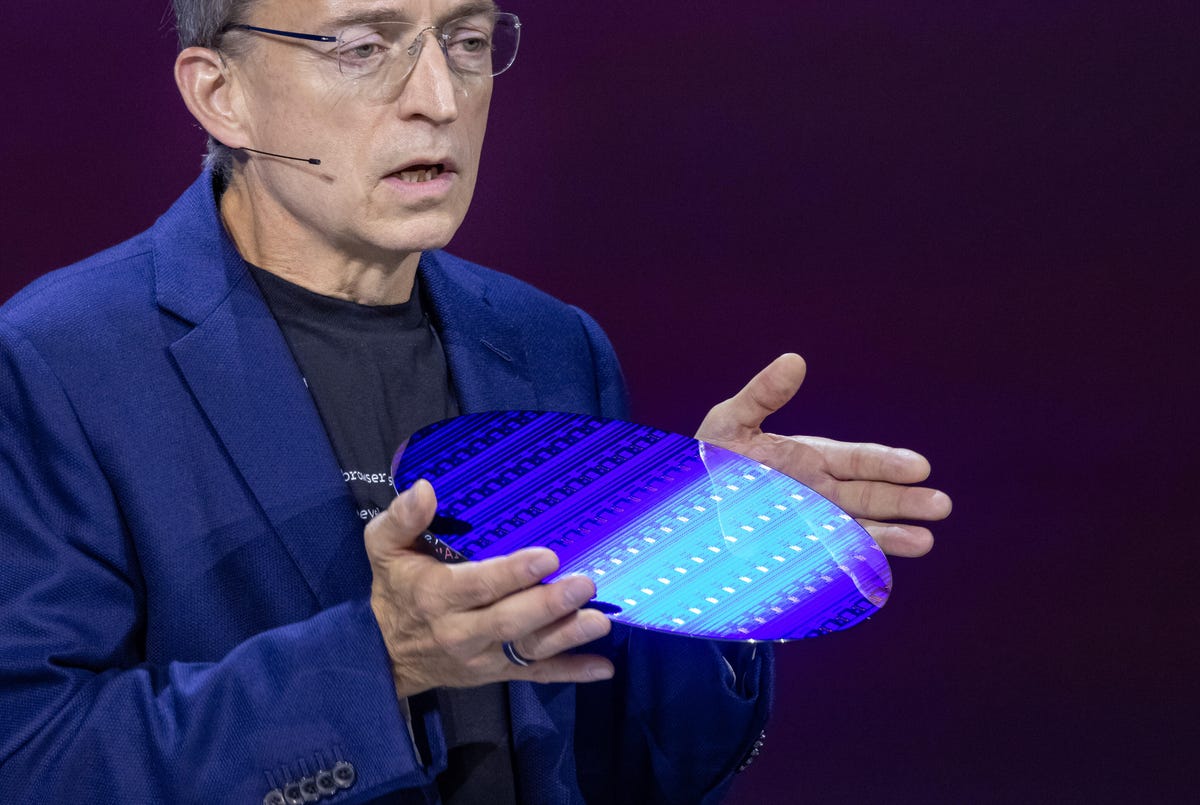When it comes to quantum computing, the number of qubits isn’t the sole determining factor for success. However, Intel believes that its approach, which closely aligns with traditional computing, will ultimately pay off and make qubits more impactful.
In certain aspects of quantum computing, Intel may lag behind its competitors. Nevertheless, the company hopes to surpass them with quantum computer processors that have the power to revolutionize mass computing tasks such as battery and solar device development, cost optimization, cheaper fertilizer production, and even creating waterproof clothing – all while posing potential threats to privacy. Quantum computers also show promise in accelerating AI applications.
Quantum computing relies on the principles of ultrasmall physics. Unlike traditional computers that use bits to store and process data as zeros or ones, qubits, the primary building blocks of quantum computers, can store unique combinations of zeros and ones through a phenomenon called superposition. Multiple qubits can be entangled, allowing for interconnected computational capabilities that greatly enhance performance across various tasks.
However, qubits are highly sensitive to external forces that can disrupt their calculations. One approach to address this challenge is to group multiple qubits into a single error-correcting element, which helps maintain stability. Nonetheless, error correction requires additional qubits.
“To achieve optimal computing performance, you need to scale up to millions of qubits and error-correctors,” stated Intel Chief Technology Officer Greg Lavender during a speech at Intel’s Innovation conference.
While it is too early to determine the success of Intel’s strategy, James Sanders, an analyst at CCS Insight, believes that the company’s approach holds promise. He mentioned, “Intel’s idea of investing years in the development of silicon-based qubits will undoubtedly work. Whether it will make them a market leader remains to be seen.”
Intel CEO Pat Gelsinger holds a 300mm tunnel of Tunnel Falls quantum processors at the company’s Innovation 2023 event.
Quantum Quality First, Quantity Follows
Intel’s competitors may have machines with more qubits, in contrast to the 12 qubits currently found in Intel’s Tunnel Falls quantum processor, demonstrated by Intel Labs Director Rich Uhlig at the Innovation conference. However, Uhlig stated, “We’re working on another project,” without revealing specifics. “I can’t say how many. For us, it’s less about numbers and more about quality.”
At present, a 300mm silicon wafer containing Tunnel Falls processors houses 24,000 qubits – as demonstrated by Intel CEO Pat Gelsinger at the event. However, this number is purely academic until Intel transitions to a different type of qubit. The advantages of the new type include improved qubit operation reliability, enhanced qubit-to-qubit communication within the processor, and future error correction capabilities.
Intel is also developing the Horse Ridge processor, a technology designed to better control qubits. This endeavor is challenging due to the extremely low operating temperatures required for quantum processors, as excess heat can detrimentally impact their performance.
Testing quantum computing is a time-consuming process since the hardware needs to be cooled for hours to enable quantum computations. To expedite hardware development, Intel has developed a device capable of testing thousands of processors during the heating phase.
Diverse Qubit Approaches
While conventional computers are based on silicon crystal transistors, quantum computers can be built using various methods. Companies are exploring multiple avenues, such as superconducting qubits (employed by IBM, Google, and Rigetti Computing), trapped-ion qubits (used by IonQ), and neutral atom or photon-based qubits pursued by others.
Despite the prevalence of superconducting qubits, also known as transmon qubits, Intel has opted for a different approach that is closer to its expertise in manufacturing traditional microprocessors. The company utilizes electrons residing in silicon chips, employing quantum spin to encode qubit states.
Gelsinger emphasized, “We are the only company working on silicon qubits, utilizing the same techniques and materials as our existing processes, with slight modifications to create advanced qubits. If we succeed, we can scale this up significantly.”
These spin qubits could potentially deliver the computing power Sanders envisions. He stated, “I hope that by 2030, there will be something other than transmon or ion trap qubits that can surpass the capabilities of today’s quantum computing.”
I took a close look at Intel’s Glass Packaging Tech for Fast Chips
See all photos












